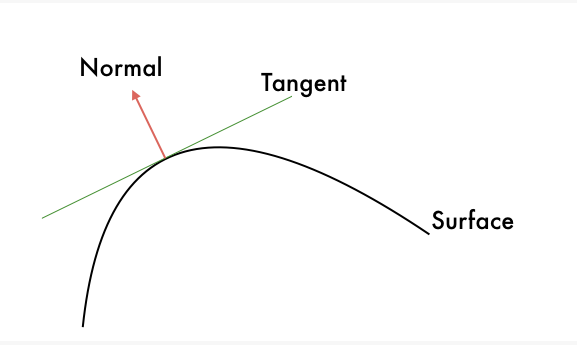Meshmixer operates on triangle meshes, which consist of three types of elements: vertices, edges, and triangles.
- Vertices are points in 3D space. We can also associate other information with vertices -- for example, color.
- Edges are connections between pairs of vertices.
- Triangles are triples of vertices.

In Meshmixer we also use the term faces to refer to triangles (though really triangles are only one type of face). Edges connect the corners of triangles, and vertices are points where two or more edges meet (corners of the triangles).
We use the term neighbours to refer to two triangles that share an edge, two edges that share a vertex, or two vertices that share an edge. We use the term incident to refer to an element that is part of another. For example, an edge is "incident upon" one or more triangles.
A mesh boundary is one or more edges incident upon only one triangle. A mesh is called open if it has one or more boundaries, and closed if it has no boundary edges.
A shell is a connected set of triangles. In other words, starting from one triangle, you can walk to any other triangle in the shell without leaving the surface. This is also sometimes referred to as a connected component.
Surface normal and tangent: you can think of a tangent plane at a point on the surface as the plane that is parallel to the surface at that point. The normal vector at a point is the vector that is perpendicular to this tangent plane. You can think of the normal vector as the vector that points "straight out" of the surface, and the tangent as the plane that fits "along" the surface at a given point.

UVs/Texture coordinates: UV mapping associates a 2D coordinate with each vertex in the mesh. This allows for texture mapping, which "wraps" a 2D image onto a 3D surface. The texture coordinates or UVs are the set of 2D coordinates for all triangle vertices.
Manifold vs. non-manifold: A manifold surface has either one or two triangles neighbouring every edge in the mesh. A non-manifold surface can have three or more triangles on a single edge. Usually there are only a small number of non-manifold edges in a non-manifold mesh. See the Generate Complex Tool topic for more details.